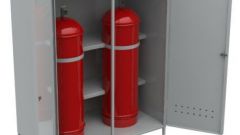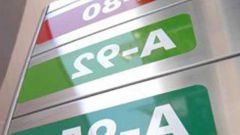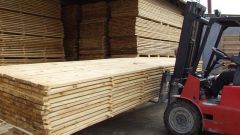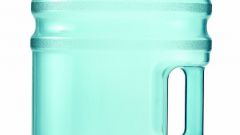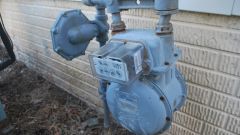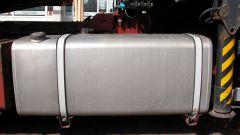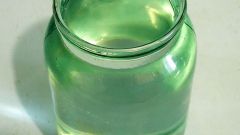You will need
- Calculator
Instruction
1
To convert liters of gas to cubic meters, divide the number of liters by 1000.
For translations of cubic meters to liters, use the opposite rule: multiply the number of cubic meters of gas per 1000.
In formulas these simple rules can be written in the following form:
Km3 = TC / 1000,
KL = Km3 * 1000,
where:
Km3 - the number of cubic metres, and KL is the number of liters.
For translations of cubic meters to liters, use the opposite rule: multiply the number of cubic meters of gas per 1000.
In formulas these simple rules can be written in the following form:
Km3 = TC / 1000,
KL = Km3 * 1000,
where:
Km3 - the number of cubic metres, and KL is the number of liters.
2
Usually measured in liters the volume of liquid (under high pressure or at low temperature) of gas enclosed in various containers (cylinders). In cubic meters usually measure the volume of gas at atmospheric (or slight) pressure. To convert the gallons of liquefied natural gas to cubic meters of conventional gas is necessary in addition to the number of liters to know its chemical composition, pressure, temperature, or density and weight. However, note that the cylinders typically are filled with liquefied gas is not more than 80%.
For approximate calculations it is possible to accept the following fact: the evaporation of one liter of liquefied gas (propane) produces 200 litres of gas. I.e. to transfer the amount of liquefied gas in liters to cubic meters use the following formula:
Km3 = C / 5
where KL is the number of liters of liquefied gas.
For approximate calculations it is possible to accept the following fact: the evaporation of one liter of liquefied gas (propane) produces 200 litres of gas. I.e. to transfer the amount of liquefied gas in liters to cubic meters use the following formula:
Km3 = C / 5
where KL is the number of liters of liquefied gas.
3
Example.
What is the gas consumption show domestic gas meter, if using it to bypass the standard household gas cylinder?
Solution.
Standard propane gas cylinder has a volume of 50 liters. Household (kitchen) gas consists of a mixture of propane and butane. The standard filling contains 21 kg of this gas mixture. Since the molar mass of propane and butane is different, and the ratio of gases is usually unknown, then using the above formula, we get:
Km3 = 50/5=10 cubic meters.
What is the gas consumption show domestic gas meter, if using it to bypass the standard household gas cylinder?
Solution.
Standard propane gas cylinder has a volume of 50 liters. Household (kitchen) gas consists of a mixture of propane and butane. The standard filling contains 21 kg of this gas mixture. Since the molar mass of propane and butane is different, and the ratio of gases is usually unknown, then using the above formula, we get:
Km3 = 50/5=10 cubic meters.
4
For compressed gases (not to be confused with liquefied) use the following approximate formula:
Km3 = KL * D / 1000,
where D is the gas pressure in atmospheres.
Km3 = KL * D / 1000,
where D is the gas pressure in atmospheres.
5
Example.
What volume of oxygen is contained in a standard cylinder at a pressure of 250 atmospheres?
Solution.
Storage of such gases as nitrogen, argon, oxygen used 40-liter cylinders. Consequently, the amount of oxygen at normal (atmospheric) pressure will be:
Km3 = 40 * 250 / 1000 = 10 cubic meters.
What volume of oxygen is contained in a standard cylinder at a pressure of 250 atmospheres?
Solution.
Storage of such gases as nitrogen, argon, oxygen used 40-liter cylinders. Consequently, the amount of oxygen at normal (atmospheric) pressure will be:
Km3 = 40 * 250 / 1000 = 10 cubic meters.

